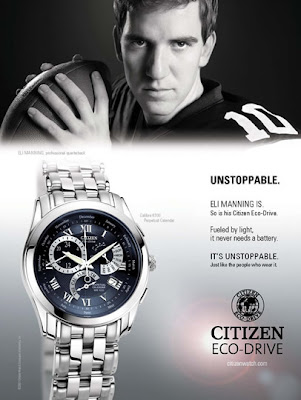Context can change the meaning of something entirely.
For example, Duchamp's urinal in the context of a washroom is a functional purpose manufactured object - a urinal, but taken out of that contact and displayed in a gallery setting is now on object to be considered with different meaning.
Meaning isn't fixed, an extreme example is our current view of a pedophile.
Nowadays people who undertake such acts are viewed as evil - it breaks modern law and is culturally accepted as something that is wrong.
In Greek time however the practice was widely accepted and encouraged.
Hitler performed acts of horrendous magnitude, but in the right context he demonstrates german efficiency and great leadership.
What context is my work displayed in? Online galleries provide noise with many other i mages all around it, my own and other people work, this could create noise or change the meaning of the work.
Art reflects the society in which it is made because the society in which we live provides the context in which the art was created.
Deconstruction.
How a thing can be viewed.
Sexual
Personal
Physiological
theoretical
Historical
Demographics
Environmental
Geographical
Cultural
Economical
Practical
Socio-political
Political
Social
Logical
Aspirational
Inspirational
Technological
Technical
Viewing things in the context of the above gives a framework for comparative analysis, to compare & contrast.
To put this in real terms, the CMOS sensor HarvardInterview that was viewed in Photography could be deconstructed as follows;
It highlights technological advancements, sensors and cameras could be produced smaller, and therefore have wider practical uses, which led to camera being used in mobile phone, webcams, spy pens etc.
The practical advancements resulted in cameras being widely available to more of society, at a cheaper cost.
Environmentally, there are more cameras being produced and therefore more cameras being replaced, and disposed of in land fill.
One off development costs increased as the technology used in production changed rapidly
Phycologicaly it empowered people to make their own images, but resulted in massive over connection. A god like view of the world in which we were helpless to change events as they unfolded on screen (911 etc) The result is a detached society that isn't easily shocked.
Social effects include the ease in which people invade privacy with people being filmed unknowingly for uTube, up-skirting and facial recognition is employed on sites like facebook. A big brother society where everything is captured for various uses, bot all good ,stalkers etc.
The political uses are that these images can be used to influence people view of the world, news stories showing graphic CCTV i mages of drunken youth beating a passer by - are all youths like this? The possible uses include eye guided bullets personally guided by an image of the intended target.
When making images for my own work, I must consider the message I want to communicate, how it will be decoded and received as well as potential noise. It is equally important to consider the context in which it is displayed and read. The more tailored the image is to the demographic of the audience, the more easily read it will be, but this includes putting it in the right context. This can include simple things like a title, the i mages around it, the wording that accompanies an exhibition, the likely audience and setting of the work and the possible deconstruction themes employed by both the viewer and myself.
















